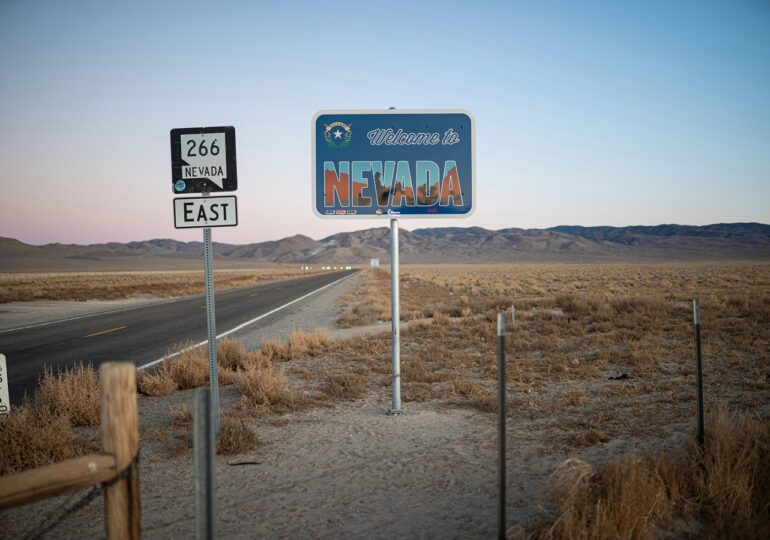A massive high-pressure system, known as a „heat dome,” lingering over the southwestern United States, led to a rise in temperatures in the region well above 38 degrees Celsius on Thursday, with millions of Americans expected to be affected by the heatwave in the coming days.
Approximately 31 million people in Northern California, southern Arizona, and eastern Texas regions are under heat advisories issued by the National Weather Service, valid until Saturday. The same region faced several weeks of extremely hot weather last summer, Reuters reports.
One of the hottest spots is the Las Vegas region, where the maximum temperature reached 43.8 degrees Celsius on Thursday, a new record for the Nevada city, according to the Associated Press.
Other areas in Arizona, California, and Nevada have also broken records by a degree or two, including Death Valley National Park in California - the lowest point in the country, situated 59 meters below sea level, and one of the hottest places on Earth. A record high temperature for this date was recorded here, reaching 50 degrees Celsius, surpassing the previous record of 49.4 degrees Celsius dating back to 1996, as reported by the Associated Press. Meteorological records in this region date back to 1911.
Phoenix was one of the cities in the region that experienced the hottest summers on record in 2023. The Arizona capital endured maximum temperatures exceeding 43 degrees Celsius for 55 consecutive days, setting a record. Last summer, 645 people died in the Phoenix area due to health issues caused by the heat.
In response, local firefighters will begin using ice immersion this summer to care for heat stroke victims. The technique involves rescue personnel packing patients in ice en route to the hospital to rapidly lower their body temperature, firefighters stated during a demonstration for the local press.
Meteorologists stated that it is challenging to directly link the record heat affecting the southwestern United States in recent years to human-induced climate change, but such extremes are becoming more frequent against the backdrop of global warming.

